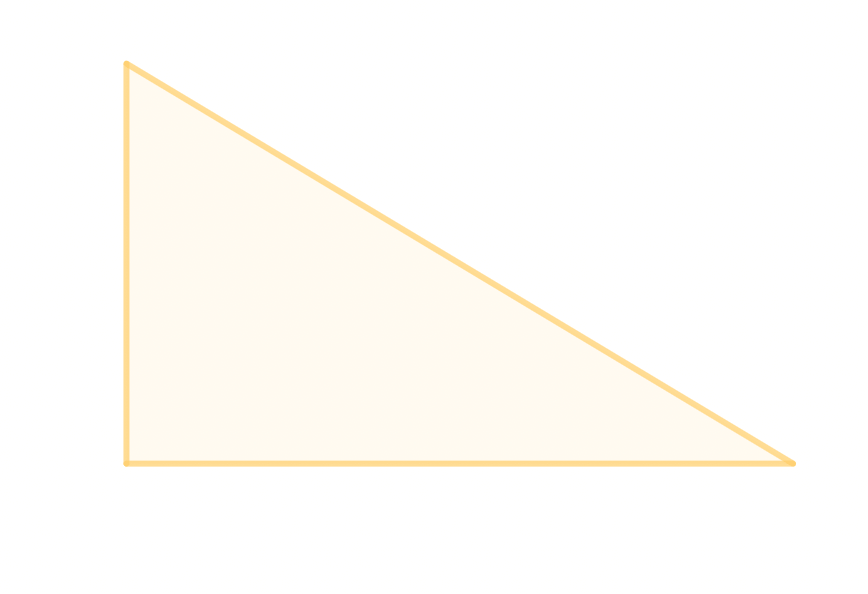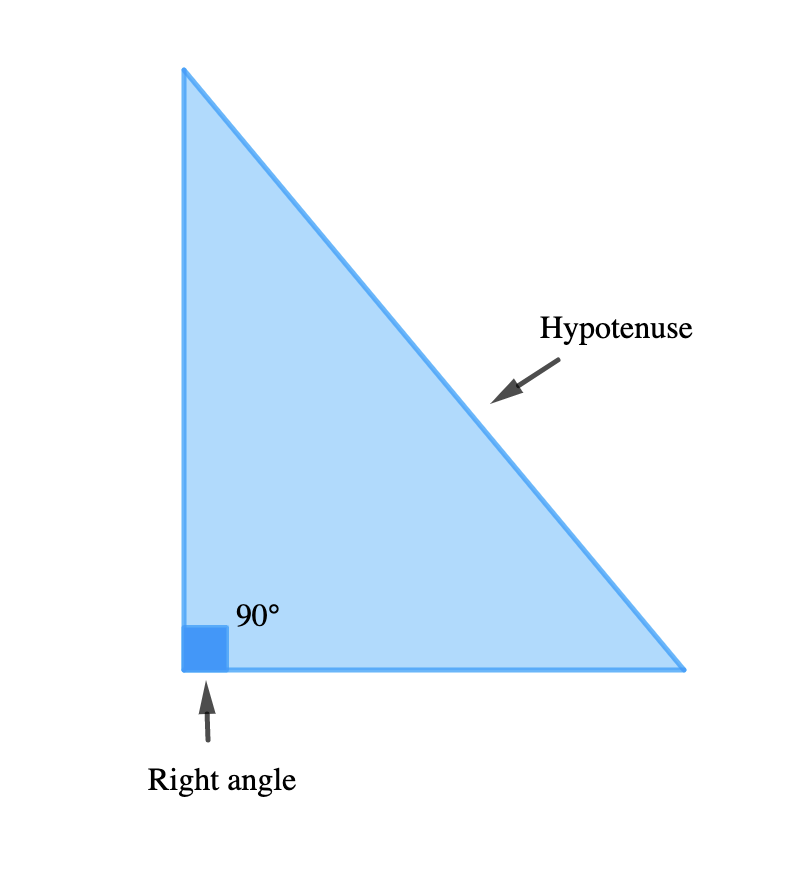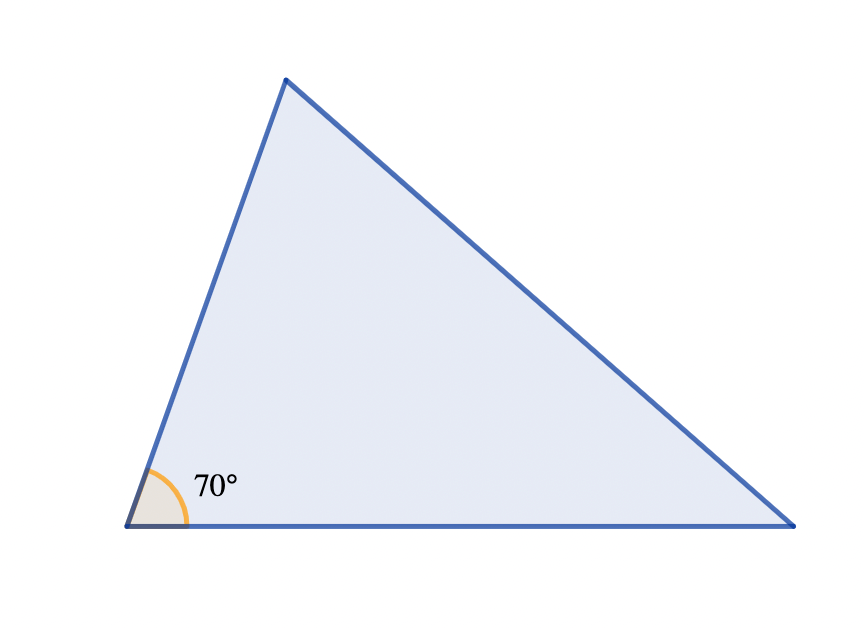Topic Content:
- Triangles
- Quadrilaterals
- Rectangle
- Square
- Trapezium
- Rhombus
- Parallelogram
- Circle
Triangles:

The triangle is shape that is formed by 3 straight lines that are called sides.
There are different ways of classifying triangles according to their sides or angles.
Triangles According to their Angles:
1. Right Angle: The largest of the 3 angles is a right angle

2. Acute Angle: The largest of the 3 angles is an acute angle (less than 90 degrees).
In the example below the largest angle is 70º which is less than 90º

3. Obtuse Angle: The largest of the 3 angles is an obtuse angle (greater than 90º).
In the example below the largest angle is 135º which is greater than 90º
You are viewing an excerpt of this Topic. Subscribe Now to get Full Access to ALL this Subject's Topics and Quizzes for this Term!
Click on the button "Subscribe Now" below for Full Access!
Subscribe Now
Note: If you have Already Subscribed and you are seeing this message, it means you are logged out. Please Log In using the Login Button Below to Carry on Studying!



SUIIII